Subscribe to Updates
Get the latest agriculture news and updates directly to your inbox.
Author: staff
Genius is a word used often with Edward A. Johnston. How else could you describe a person who, during his 40-year career with International Harvester, either created or oversaw the design of every major advance that company introduced to agriculture and transportation from 1900 to the late 1930s? Creator of both the first truck and first practical tractor in North America, Johnston earned 171 patents, as well as many patents pending, before his death in 1947. Upon his passing, then-IHC president Harold McCormick remarked that Johnston “was to the agricultural implement industry about what Charles Kettering [founder of Delco and…
Weather drives every decision in agriculture, from what to plant and when, to how supply chains function. At the Women in Agribusiness Summit earlier this fall, I moderated a panel on weather trends featuring these panelists: Bill Kirk is founder and CEO of Weather Trends International, operating as WeatherTrends360, which specializes in AI year-ahead weather down to the mile and seasonal sales forecasting. If a hotter-than-usual summer is expected, Kirk’s company can advise retail clients, such as Tractor Supply and Target, to stock more air conditioners and fans. The company also offers FarmCast, a subscription-based year-ahead weather forecasting report for…
Key Points Corn harvest 91% complete, slightly behind the five-year average of 94%.Soybean harvest 95% complete, nearly matching the five-year average.Winter wheat planting 92% complete, 3 points behind the five-year average. Following six missed reports, the USDA has released the first Crop Progress report since the government shutdown ended. Here’s a look at corn, soybean, and wheat crop progress for the week ending Nov. 16. Corn As of Nov. 16, 91% of the corn crop across the country’s top 18 corn-growing states had been harvested, behind the five-year average of 94%. Last year at this time, progress had reached 98%. Soybeans The USDA…
DAILY Bites The U.S. has introduced a new trade and investment framework with Argentina, along with tariff-relief agreements involving Ecuador, Guatemala, and El Salvador. Argentina will allow U.S. poultry imports, ease barriers for beef and pork, broaden access for various agricultural goods, and support smoother digital trade and data flows. The agreements also include stronger labor and environmental rules, improved access to critical minerals, and lower tariffs on select imports to help reduce consumer costs without affecting U.S. farm production. DAILY Discussion The United States is moving toward one of the most significant Western Hemisphere trade shifts in years. The…
The National Association of State Departments of Agriculture, joined by 15 partners in the International Year of the Woman Farmer working group, has launched a new online information hub aimed at celebrating and advancing women in agriculture. The site went live on Oct. 15, the International Day of Rural Women, as a way to highlight the global contributions of women farmers and bring together the many efforts already underway to support them. Around the world, women produce nearly half of the food supply, yet they continue to face hurdles in accessing land, capital, and leadership roles. The new information hub…
The political fight over beef prices intensified this week after Agriculture Secretary Brooke Rollins said on Fox Business that Americans could see relief “as soon as next spring,” despite industry warnings that the cattle cycle cannot be accelerated by government action. In reporting from The Washington Times, Rollins insisted that the administration’s projections show price declines ahead. “The president is hyper, hyper focused on this,” she said. “Our numbers and our formulas are showing that prices will start coming down as soon as next spring and certainly by summer and fall of next year.” She blamed high prices on drought,…
The Environmental Protection Agency (EPA) and Army Corps of Engineers released a proposed new waters of the U.S. (WOTUS) rule on Monday. According to official documentation, the proposed rule is intended to “provide greater regulatory certainty and increase Clean Water Act program predictability and consistency by clarifying the definition of “waters of the U.S.” There will be a public comment period on the proposal for 45 days after it is published in the Federal Register. The proposed rule has pleased agricultural groups, but environmental groups are “sounding the alarm” about it. Here’s a closer look. Agricultural Groups American Farm Bureau…
The U.S. Department of Agriculture announced the details of “Stage 2” of the $16 billion it’s handing out via the Supplemental Disaster Relief Program. This payout covers crop, tree, bush and vine losses that were not covered under Stage 1 program provisions, including non-indemnified (shallow loss), uncovered and quality losses. The enrollment period for Stage 2 opens Nov. 24, 2025 and the window for both stages closes April 30, 2026. The Stage 2 funding, which was announced just days after the federal government emerged from its longest shutdown in history, comes in addition to the $9.3 billion in Emergency Commodity…
Eating vegan and carnivore are opposite ends of an extreme spectrum. A vegan diet consists entirely of plant-based foods and excludes everything that’s even animal-based; a carnivore diet, on the other hand, consists only of animal-based foods and has nothing plant-based. They are so far apart that it almost sounds difficult to compare them, but that’s what Enrike Maree set out to do. Maree is the face behind AgreetoThisAgri, where she dispels myths about farming and other hot agriculture topics like sustainability and technology. Maree decided to put her diet to the test by doing a comprehensive evaluation of her…
What Happened In August, the USDA released the monthly World Agricultural Supply and Demand Estimates (WASDE) report. Eye-popping yield expectations in corn and soybeans with projections for record crops provided the potential for prices to collapse. The report also indicated significant demand increases. In the end, the trade took the report as a buy opportunity, anticipating that the biggest yield numbers were likely already factored into prices. The expectation that U.S. farmers would reach nearly 190 bushels an acre in corn and close to 54 bushels an acre in soybeans may have been too robust. Since the report, corn prices…



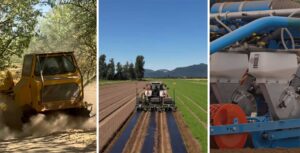
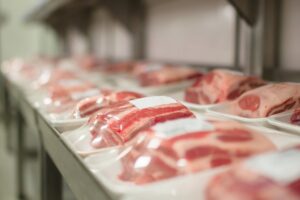


:max_bytes(150000):strip_icc()/1907-ihc-102708235_preview-6d967f9cbc8e48b0b916de1ce80f1cd5.jpg)
:max_bytes(150000):strip_icc()/Farmer-at-work-under-storm-1091385068_1256x838-721ac36a3dd941cc9e3c3949d1d2405b.jpg)
:max_bytes(150000):strip_icc()/Kevin-Matthews-North-Carolina-Deere-combine-2-2000-933a9b4a41074f4e8519fb2265cc2a50-93c959812f904cb9a2c50b998f8868de.jpeg)

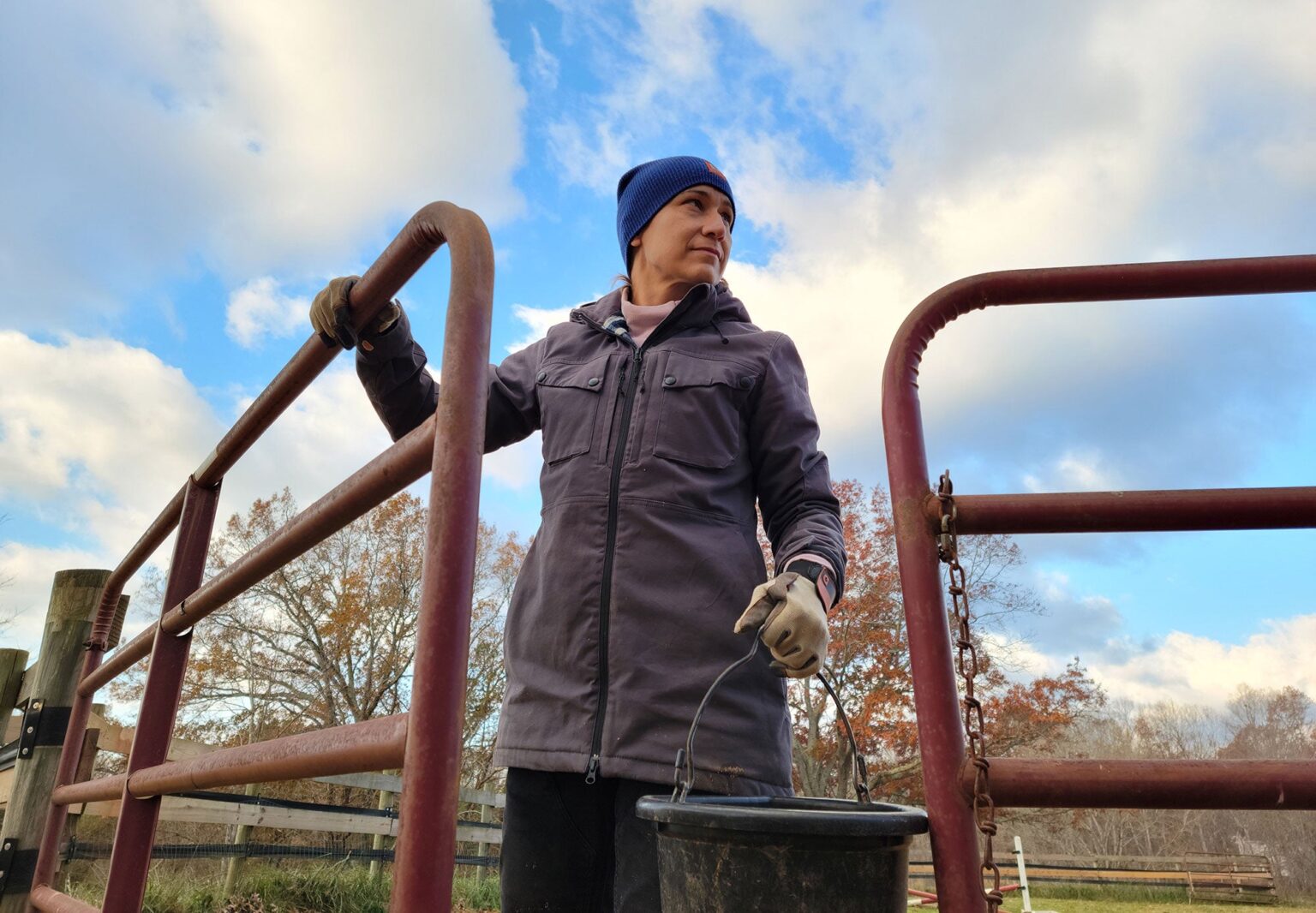
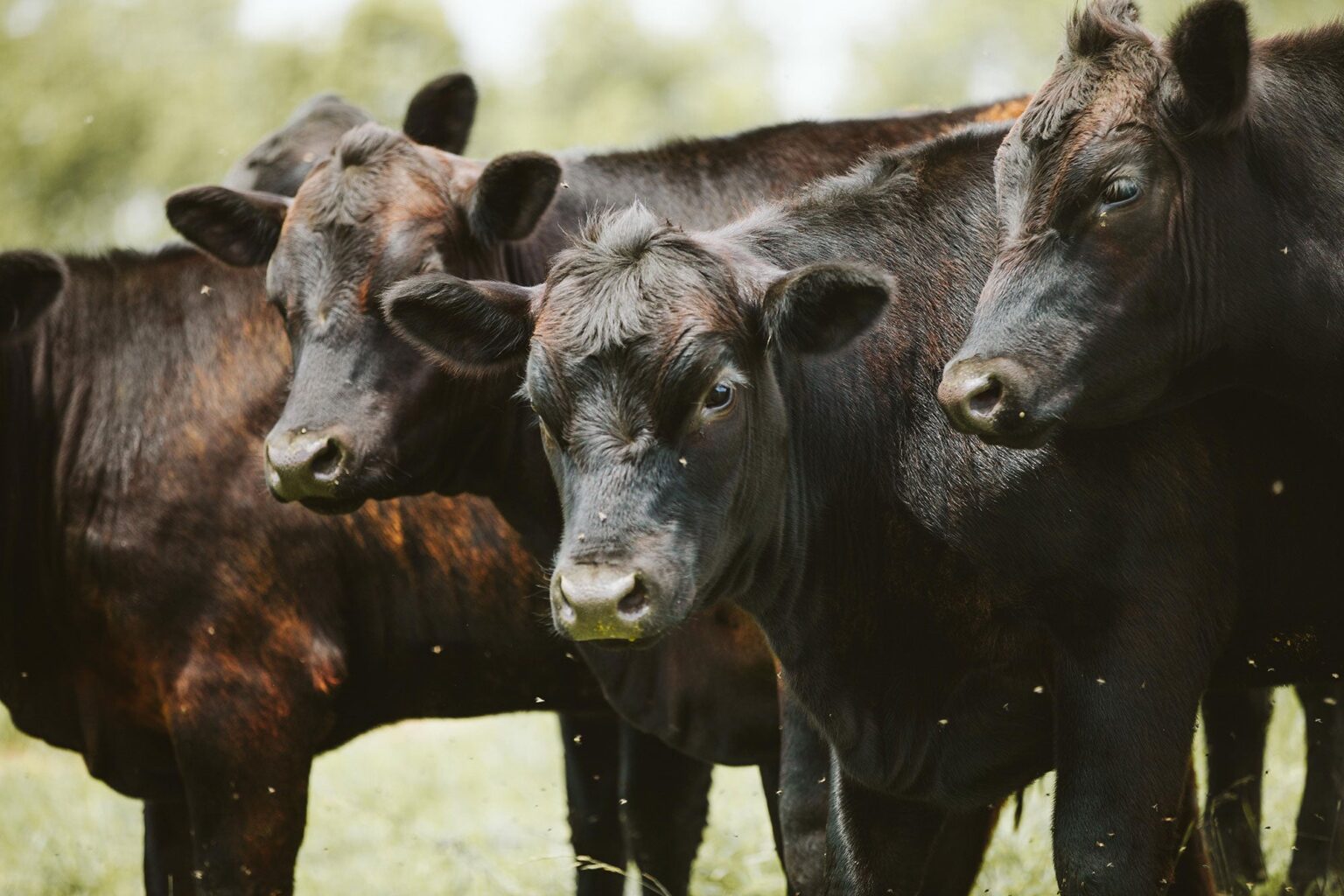
:max_bytes(150000):strip_icc()/49445657561_b1fcbfbcec_o-ec05e784dff44a8498ec134555cf02c3.jpg)

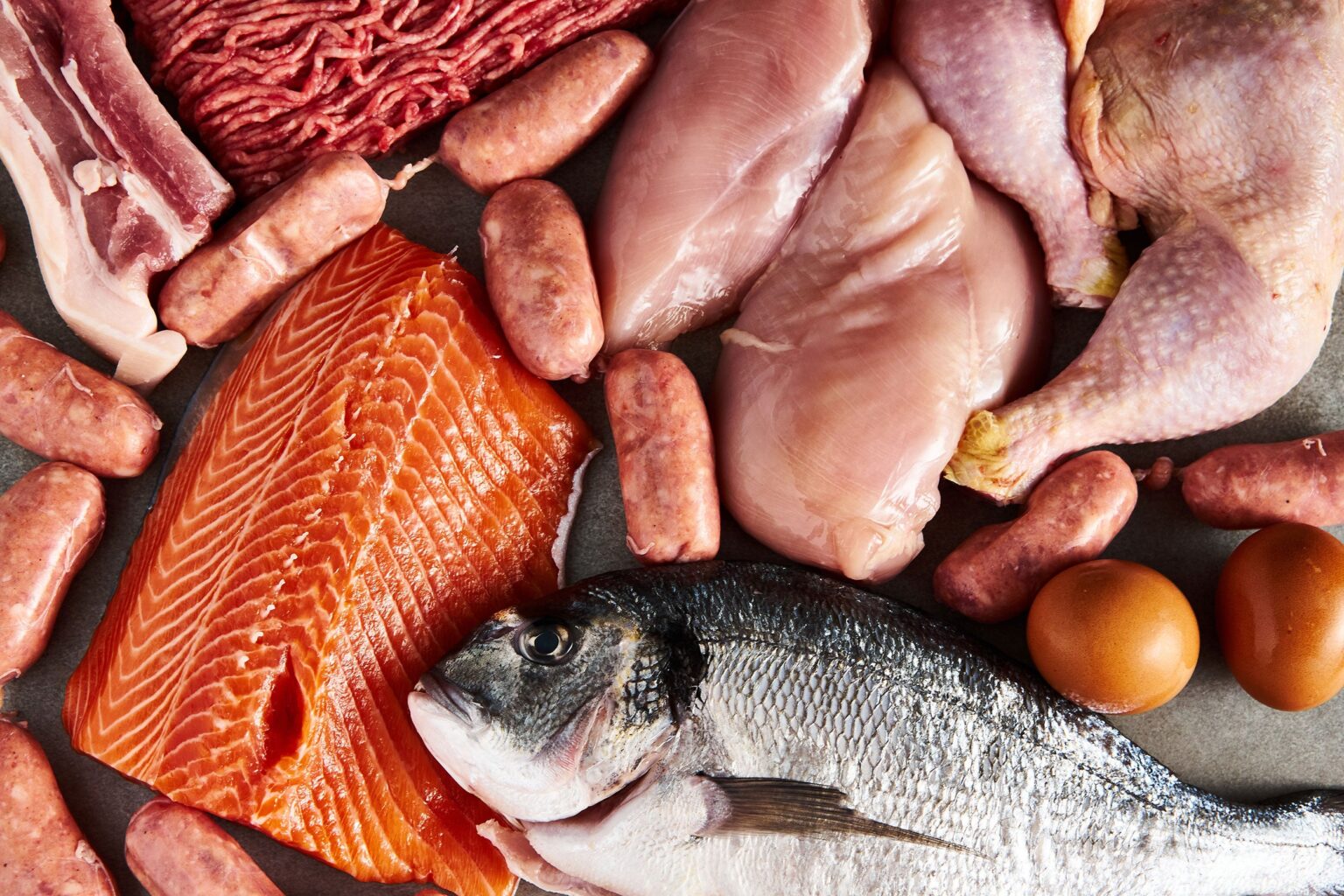
:max_bytes(150000):strip_icc()/102195214_beef_cattle-5c2eb9f466fb4b5cb550eb06fd3405bc.jpg)